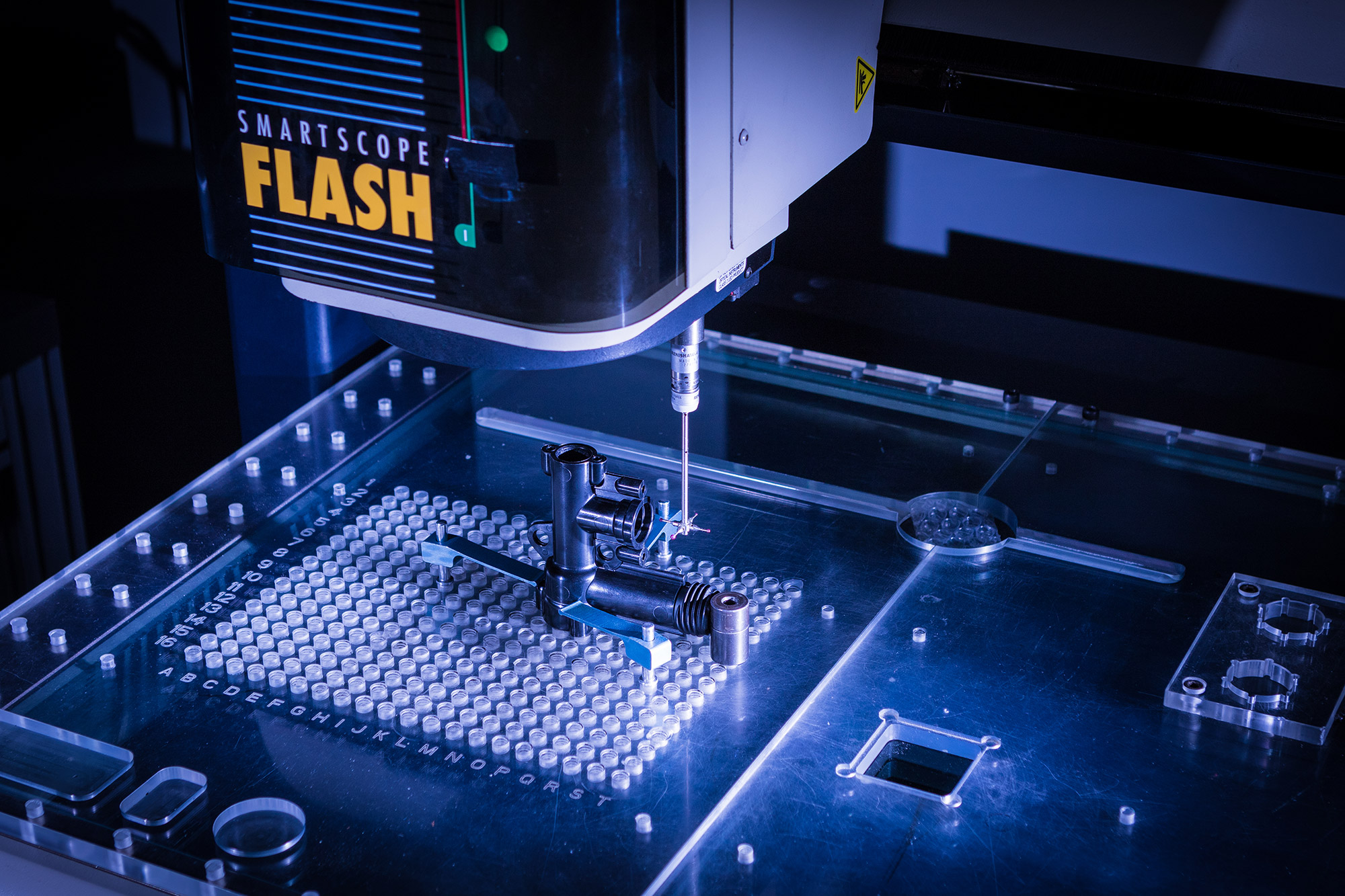Injection Molding 101: Revealing the Essential Key Benefits
Injection moulding is among the most commonly utilized manufacturing processes in the fabrication of plastic items. It consists of injecting molten material into a mold, permitting it to harden and set into a precisely shaped product. This technique plays a vital role in multiple industries, ranging from automotive to consumer goods, due to its efficiency and versatility. As manufacturers regularly seek ways to optimize production while maintaining standards, comprehending the benefits of injection molding becomes essential.
A key benefits of injection molding services is their ability to manufacture intricate forms with great accuracy. This capability not only decreases waste but also improves the total aesthetic and functional quality of the final product. With fast production speeds and the ability for large-scale production, businesses can significantly lower their costs and react swiftly to market demands. In this article, we will explore the major benefits of injection molding and how it can be a revolutionary for multiple manufacturing needs.
Grasping Injection Molding
Injection molding is a production process that entails the creation of parts by injecting liquid material into a mold. This technique primarily uses thermoplastics, which allow for reusability and versatility in configuration. The process begins with warming the plastic until it becomes melted, then pumping it into a exactly formed mold under elevated pressure. Once cooled, the mold is released, and the solidified part is removed, prepared for subsequent processing or assembly.
One of the key advantages of injection molding is its ability to produce massive volumes of identical parts quickly and effectively. This makes it a preferred choice for industries that demand high-volume production, such as car manufacturing, consumer goods, and medical devices. Additionally, the mold can be designed to create intricate shapes and elaborate features, giving manufacturers the flexibility to enhance their product designs without sacrificing efficiency.
Cost-effectiveness is another essential benefit of injection molding. Although the initial investment for creating molds can be high, the long-term benefits from the reduction in labor costs and material waste often outweigh these initial expenses. This makes injection molding services an optimal solution for businesses seeking to scale their production while preserving quality and exactness in their products.
Advantages of Injection Molding
A major gains of injection molding is its high efficiency in production. This process allows manufacturers to create mass amounts of standard parts very quickly. Once the molds are finalized, the true injection molding phase can produce parts in mere seconds. This swift production ability renders injection molding as a preferred solution for businesses seeking to satisfy elevated demand without diminishing on quality or boosting costs substantially.
A further advantage is the capability to fabricate complex shapes with exceptional precision. Injection molding can produce sophisticated designs that are reliably uniform across every unit. This precision guarantees that even the finest features are exactly reproduced, which is essential in industries like automotive and medical manufacturing where standards are tight and reliability is vital. Such adaptability in design capabilities empowers engineers and designers to expand the limits of product innovation.
Economic efficiency is also a key benefit of injection molding. While the upfront investment in tailored molds may seem substantial, the long-term savings are substantial due to lowered labor costs and minimal material loss. The streamlining of the injection molding process further contributes to reduced production costs, allowing businesses to obtain economies of scale. As production quantities grow, the cost per unit declines, making injection molding a cost-effective option for various industries.
Applications in Diverse Industries
Injection molding solutions serve a critical role in a variety of industries, delivering the ability to create intricate shapes with high precision and productivity. In the automotive industry, for example, injection molding is essential for producing multiple parts such as dashboards, bumpers, and interior trim parts. This approach allows for reduced weight designs that improve fuel efficiency while maintaining durability and safety standards, making it a preferred choice for companies looking to enhance performance and reduce costs.

The products sector also gains greatly from this process. This process is widely used to create items ranging from household appliances to toys and packaging materials. The flexibility of injection molding enables companies to rapidly produce large volumes of products with steady quality. This capability allows companies to keep competitive in fast-paced markets, meeting customer needs for both innovation and affordability.
Healthcare sector is also industry that relies heavily on this method. Medical equipment, surgical instruments, and containers for pharmaceuticals often utilize this methodology to ensure high levels of precision and sterility. The ability to shape complex shapes while adhering to rigorous regulatory standards makes injection molding an indispensable tool in producing reliable and safe medical products.